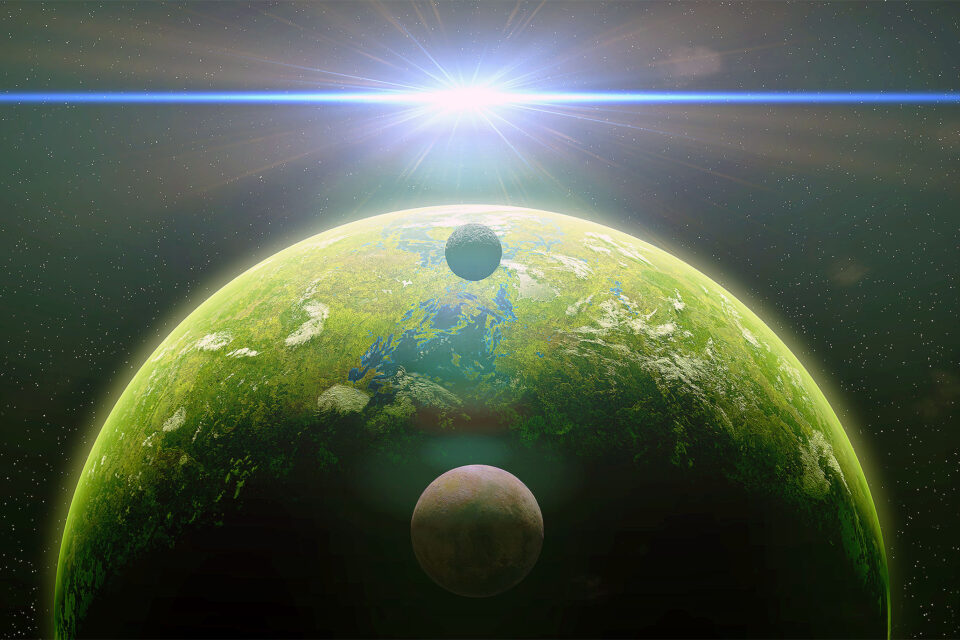Astronomers last week reported hints that the atmosphere of a distant planet contains gases linked to life. They used NASA’s JWST observatory to detect the fingerprints of dimethyl sulfide and dimethyl disulfide in starlight that had passed through the atmosphere of K2-18b, a massive planet 120 light-years away that may have a deep global ocean. Because those gases are produced by marine phytoplankton on Earth, the team heralded this as the strongest evidence yet of life on far-flung worlds. Their report, published in The Astrophysical Journal Letters, prompted worldwide headlines. But detecting gases in alien atmospheres is pushing telescope technology to its limit, and this detection is not yet conclusive. Exoplanets and their atmospheres are complex systems so researchers will likely need more than a couple of atmospheric gases to assert the presence of life. “We don’t know what other geological activity could be happening on this planet that might produce the molecules,” Catherine Heymans of the University of Edinburgh
Farming-related strategies were the big winners in a $100 million contest for the most promising technologies to remove climate-warming carbon dioxide (CO2) from the atmosphere. The $50 million top award from XPRIZE Carbon Removal, announced on 23 April, went to Houston-based Mati Carbon, which has enlisted small-scale farmers in India, Zambia, and Tanzania to spread dust from crushed basalt rock on their fields. The rock speeds up a natural process in which minerals react with CO2 to create bicarbonate, which remains inert for thousands of years. A similar approach using silicate rocks earned U.K.-based UNDO Carbon the $5 million prize for fourth place. Second place went to the French firm NetZero, which converts agricultural waste into a charcoal-like substance farmers can use as a soil amendment. Vaulted Deep, also based in Houston, earned the $8 million third place prize; it takes slurries of biomass such as livestock manure and injects them deep underground.



